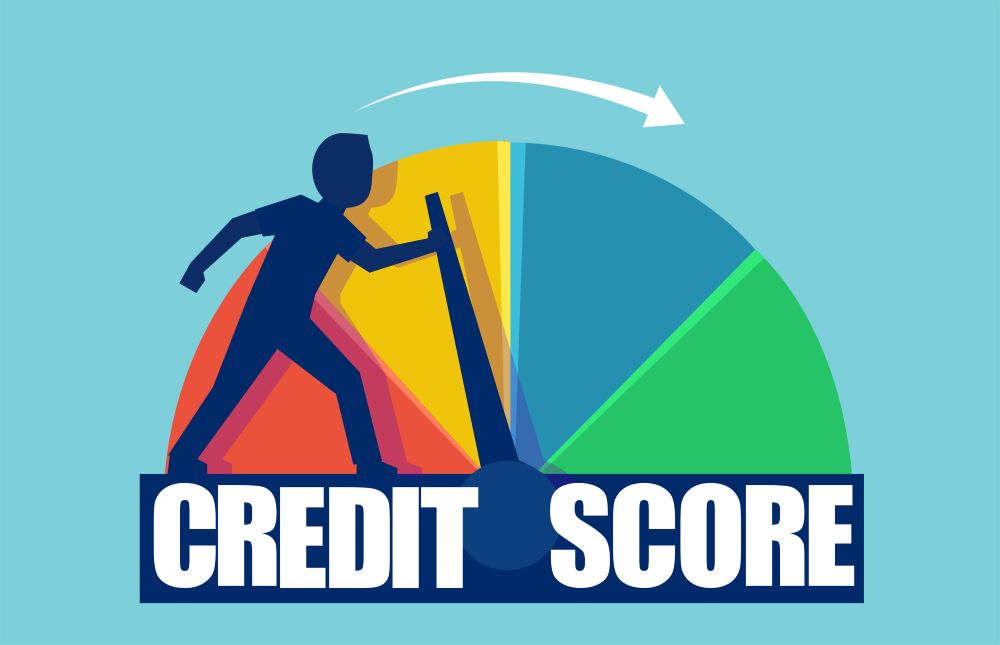Your credit score is an important indicator of your financial health – it shows lenders your likelihood of repaying them if they grant you access to loans or credit cards. The higher your credit score, the more likely you might be approved for credit at favorable terms. That means you can save money in the long-run.
Achieving your credit score goals is a process. It takes months or years of dedication to get to where you want to be, which is why it’s never the best feeling when you notice your credit score drop suddenly. But don’t fret, if your credit history is not where you want it to be, you’re not alone. Know that there are steps you can take to address your credit score. Just remember: it’s more of a marathon than it is a sprint.
Here are steps you can take to work toward your credit goals:
1. Credit Report & Score Monitoring
The first thing you want to do on your journey to better credit health is to monitor your credit report and scores. You should look for a credit report monitoring service that includes credit reports and FICO® Scores along with score simulators, so you can see how making certain payments and other actions can affect your credit scores.
2. Review Credit Report for Inaccuracies
Once you have your credit report, you need to review it. Look for:
- Personal Identifiable Information (PII) Inaccuracies
- Review your PII and look for inaccuracies such as wrong name, phone number or address
- Accounts belonging to another person with a similar name as you
- Fraudulent accounts as a result of identity theft
- Account Status
- Accounts you’ve closed in the past that are reported as open
- If a report shows an inaccurate date of last payment, date opened, or date of delinquency
- The same debt is listed more than once
- Accounts are inaccurately reported as late or delinquent
- You are reported as the owner of an account when you’re only an authorized user
- Balance Inaccuracies
- Accounts with an inaccurate current balance
- Accounts with an inaccurate credit limit
- Data Management Inaccuracies
- Old information that is still being reported
- Reinsertion of inaccurate information after it was corrected
If you find any inaccuracies, you can dispute the inaccuracy with each of the credit reporting agencies online or by mail.
3. Identify Causes Negatively Affecting Your Credit Score
If you didn’t find inaccuracies on your credit report, you can proceed to look for factors on your credit history that are negatively affecting your score. For this, you need to have an idea of how FICO® Scores are calculated. The credit data that is taken into account when calculating your FICO® Scores are grouped into five different categories that include payment history; amounts owned; length of credit history; new credit; and credit mix.
Again, a credit report monitoring service may also provide a credit score simulator to help you know what actions to take to achieve your credit goals.











